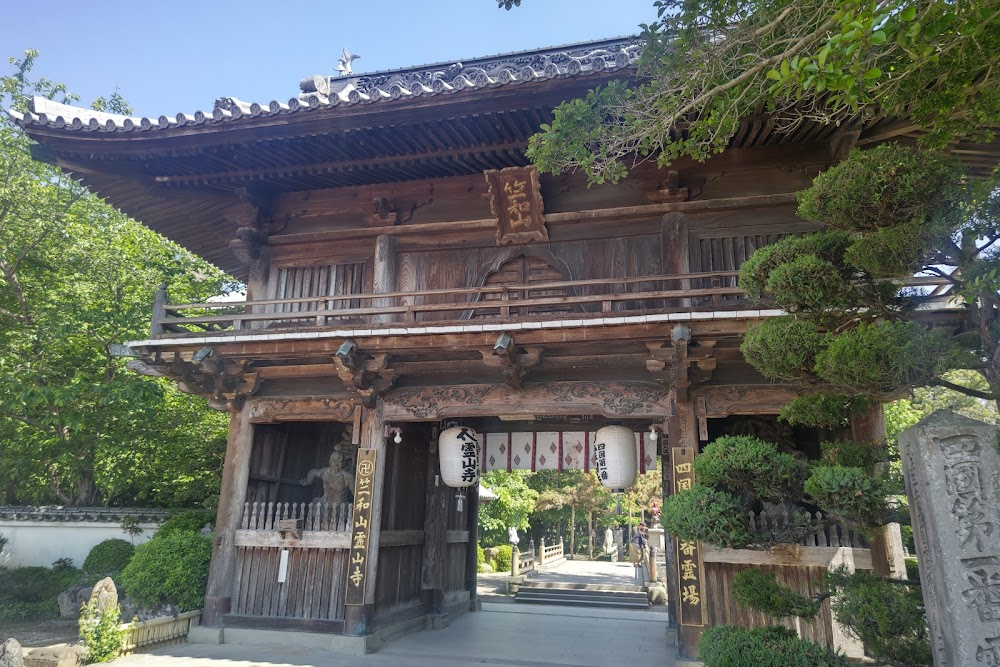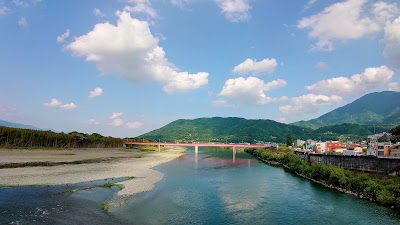Shikoku Pilgrimage (四国遍路)
Overview
The Shikoku Pilgrimage, also known as Shikoku Henro, is a celebrated route that encircles Japan's Shikoku Island, encompassing 88 revered Buddhist temples. While the journey spans the entire island, starting in Tokushima Prefecture is highly recommended due to its rich historical significance as the traditional starting point for pilgrims.
This pilgrimage, with roots extending over a thousand years, is deeply woven into the fabric of Japanese culture and spirituality. It honors the esteemed Buddhist monk Kukai, also known as Kobo Daishi, who is believed to have trained at many of these sacred sites. Born in Shikoku, Kobo Daishi later established the esoteric Shingon school of Buddhism, making him a central figure in Japanese religious life. The pilgrimage serves not only as a test of physical endurance but also as a profound spiritual journey, with pilgrims, or "henro," seeking enlightenment and personal transformation along the way.
Beginning in Tokushima, pilgrims first visit Ryozenji Temple, designated as Temple No. 1. This significant site marks the official starting point, where many receive the distinctive white pilgrimage attire and staff, symbolizing purity and the commencement of their spiritual journey. The temple grounds exude serenity, often bustling with fellow pilgrims preparing for the long road ahead. Tokushima is home to 23 of the pilgrimage's 88 temples, each offering a unique and tranquil ambiance reflective of its historical and spiritual importance.
One of the distinguishing features of the Shikoku Pilgrimage is its accessibility. Although traditional pilgrims undertake the journey on foot, covering approximately 1,200 kilometers over six to eight weeks, modern amenities allow for travel by bus, car, or even bicycle. This inclusivity invites individuals of various ages and fitness levels to partake in this sacred path. As pilgrims traverse the prefecture, they are treated to a stunning array of Shikoku’s landscapes, from rugged mountains to peaceful coastlines, creating a picturesque backdrop for their spiritual endeavors.
While retaining its deep-rooted traditions, the pilgrimage has transformed into a cultural haven, attracting international visitors. The practice of offering "osettai"—acts of kindness from locals, such as food, lodging, or transportation—highlights the enduring spirit of hospitality and mutual support among pilgrims and residents. These meaningful exchanges often leave a lasting impression on visitors, enriching their understanding of Japanese culture and community values.
Tokushima Prefecture is also famous for its vibrant cultural festivals and natural beauty, which enhance the overall pilgrimage experience. The Awa Odori dance festival, held every August, is one of Japan’s most celebrated traditional dance festivals. The rhythmic dances and lively music embody the local spirit and provide a vivid contrast to the contemplative nature of the pilgrimage. Additionally, natural attractions such as the Naruto Whirlpools offer stunning settings for reflection and relaxation amidst the journey.
Interesting facts about the Shikoku Pilgrimage include the belief that Kobo Daishi spiritually accompanies pilgrims throughout their journey, providing guidance and protection. Many modern pilgrims carry a staff, which is said to symbolize Kobo Daishi himself. Each temple visited provides a unique opportunity to collect stamps (nōkyō-chō) as keepsakes, turning the physical journey into a tangible record of spiritual accomplishment.
In recent years, the pilgrimage has gained international recognition, not only for its religious significance but also as an immersive cultural experience. Many foreign tourists find solace and inspiration along the route, often returning home with a deepened appreciation for Japan’s spiritual heritage and natural beauty. The rise in popularity has led to improved resources for international visitors, including English guidebooks, signage, and even bilingual temple staff, making it more accessible than ever for global explorers.
In summary, the Shikoku Pilgrimage offers an unparalleled journey through Japan’s religious, cultural, and natural landscapes, starting from the historically rich Tokushima Prefecture. Whether you seek spiritual growth, cultural immersion, or a personal challenge, embarking on this pilgrimage promises a transformative experience that resonates far beyond the temples and trails of Shikoku.







